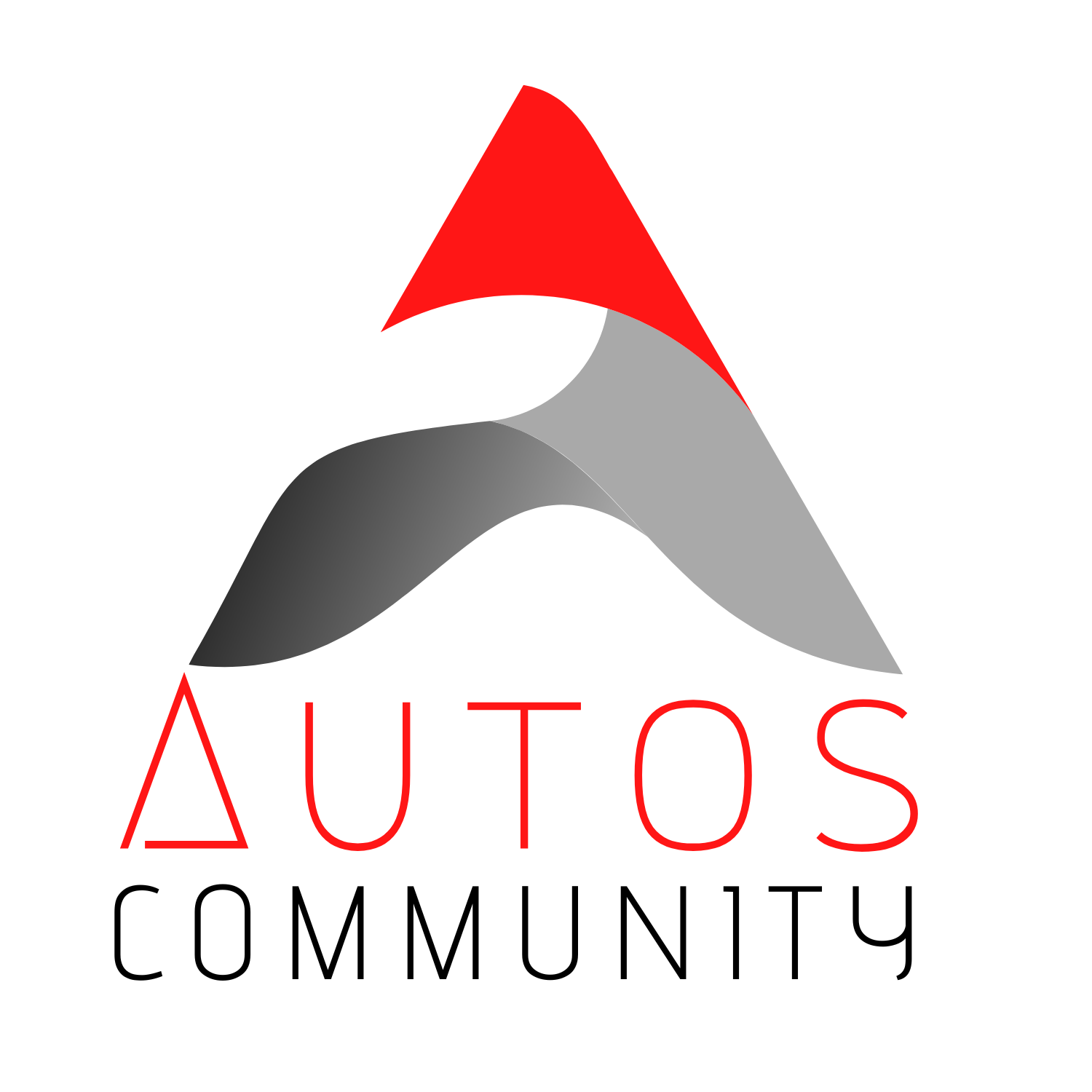5 Essential Tips for Rigging and Hoisting Engines
Master engine rigging with expert tips on load analysis, equipment selection, inspections, balance techniques, and essential safety practices.
To install new engines in vehicles, mechanics usually must hoist them into place. Rigging and hoisting engines is not as straightforward as it may seem. Improper handling risks equipment damage, injuries, and costly delays. Following the right techniques guarantees a smoother, safer process, whether you’re handling small or heavy loads. Here are essential tips for rigging and hoisting engines.
1. Understand the Load and Its Specifications
Analyze the engine’s weight, dimensions, and center of gravity before selecting rigging equipment. Choosing the right tools starts with accurate measurements and understanding load dynamics. Heavier loads demand tools designed to handle significant stress, such as specialized slings or chains.
2. Select the Right Rigging Equipment
Match your rigging equipment to the engine’s specifications to ensure safety and efficiency. Specifically, always confirm that the rated capacity of the rigging equipment matches or exceeds the load—this will prevent overloading.
For instance, know when to use options like 4-leg chain slings for heavier loads and lifting sensitive parts. Chain slings excel at distributing weight evenly, providing stability, and handling challenging conditions. Their durability and versatility make them ideal for stabilizing a wide variety of engines. Slings like these also reduce wear on other rigging components and increase the longevity of your equipment.
3. Perform Pre-Lift Inspections
Inspect every piece of rigging equipment before each lift. Look for wear, rust, fraying, and other signs of damage on slings, hooks, and chains. Replace damaged components immediately to maintain safety.
Verifying that all equipment meets regulatory standards and the load’s specific requirements ensures reliable performance. Ignoring inspections increases the likelihood of equipment failure. Therefore, performing comprehensive pre-lift inspections is one of the most essential tips for rigging and hoisting engines because it provides peace of mind to operators and crews.
4. Ensure Proper Load Balance During Hoisting
Align the rigging equipment with the engine’s center of gravity to achieve balance during lifting. Proper load balance reduces stress on the rigging tools and minimizes the risk of tipping or equipment failure.
Adjustments during hoisting can correct minor imbalances, but preparation and careful setup prevent major problems. Stable loads also improve maneuverability, especially in confined spaces or during complex lifts.
5. Prioritize Safety and Follow Best Practices
Ensure everyone involved in the rigging and hoisting process wears appropriate personal protective equipment, including helmets, gloves, and steel-toed boots. Use clear communication signals and establish a chain of command to avoid confusion. Finally, perform the hoist slowly and carefully; rushing could lead to worker, vehicle, and engine injuries.
Rigging and hoisting engines is a common task in garages. By following these five tips, you can handle engine rigging operations with confidence. Every hoisting job improves with preparation, proper techniques, and a focus on safety.


Comments are closed.